
Report by Clint Johnson, ACWLC
The 2015 IBS 200/300 Yard National Championships were held September 12-13 at the Ashe County Wildlife Club (ACWLC) outside Jefferson, North Carolina. Fifty shooters from 13 states attended. Nightforce was the major event sponsor, donating a $2,400 rifle scope. While rain threatened to mar the 200-yard match on Saturday, none fell. By Sunday, the day of the 300-yard shoot, the first cold front of the fall had passed, leaving mostly sunny conditions.
Conditions Keep Scores Low At 200/300 Yard Nationals
The rain that fell on Friday night started drying Saturday morning when the sun rose. That slow evaporation created mirage that plagued shooters looking northeast down the two-year-old, 300-yard range with a 50-foot high backstop. The wind that came in with the cold front also hampered shooters on both days.

IBS 200/300 Nationals Match Results (XLS) | IBS 200/300 Nationals Equipment List (XLS)
Mean Conditions at Ashe County
“Shooters told me the conditions were as bad as they have ever shot”, said Steve Eller, the IBS chair for the Wildlife Club. “We all had a hard time seeing the rings through the mirage blur. No one shot clean, and no records were set.”


Shooters came from as far away as Maine, Indiana and Florida to Ashe County, “the coolest corner of North Carolina”. The ACWLC range is located in the mountainous northwest point of the state with Virginia to the north and Tennessee to the west. Some of those shooters have made every one of the four IBS-sanctioned matches held at the club this year and last year. The Club hosted the 100 and 200 Yard National Championship in 2014, the first full year since the opening of the club house in 2013 with its 30 benches protected by an overhang.

“I love coming here. It is my favorite place to shoot,” said Hillary Martinez of Damascus, Maryland. Hillary, shown below, was one of the four women shooters this year.

Danny Hensley of Jonesville, Virgina, won the Grand Aggregate Varmint for Score (VFS) with a score of 493 (10X), followed by David Richardson with 492 (11X) and Randy Jarvais with 491 (12X). Danny talks about his victory in the audio clip linked below. To listen, click on the black arrow in the white circle.
| AUDIO FILE: Danny Hensley Talks about the Conditions at the 200/300 Nationals. |

Here are all the Class Winners at the IBS 200/300 Yard Nationals:

Wayne France of Burke, Va. won the 200-Yard VFS with a score of 250 (11X), followed by rookie Ken Habedank with score of 250 (8X), and David Richardson with a score of 250 (8X).Morris Williams of Eden, Maryland, won the 300-Yard VFS with a score of 244 (3X), followed by Danny Hensley with a score of 243 (4X), and David Richardson with a score of 242 (3X).
There were just five (5) shooters in the Hunter Class. Dean Breeden topped the small field to win the Hunter Grand Aggregate with a score of 483 (10X), followed by Randy Jarvais with a sore of 480 (7X), and K.L. Miller with a score of 478 (12X). Randy Jarvais won the 200-Yard Hunter with a score of 248 (6X), followed by K.L. Miller with a score of 246( 8X), and Dean Breeden with a score of 246 (7X). Orland Bunker of Damariscotta, Maine, won the 300-Yard Hunter with a score of 238 (2X), followed by Dean Breeden with a score of 237 (3X), and K.L. Miller with a score of 232 (4X).
Dean Breeden (Frederick, Maryland) had a beautifully-figured wood composite rifle.

Barbecue North Carolina Style
Some shooters remarked that they drove to Ashe County not only to shoot, but to eat as well. A 300-pound hog was slow-cooked all Friday night by Club members. Corn was also roasted on the grill. The cost of this distinctive North Carolina pork barbecue was included in the registration fee.

Ashe County Wildlife Club maintains a website, www.acwlc.org and a public Facebook page. The Club hosts rifle, pistol, and shotgun sports (skeet, trap, sporting clays) events at its range facility located about 15 miles east of West Jefferson at 3220 Big Peek Creek Road, Laurel Springs, NC (turn north off NC Highway 88). Visit www.acwlc.org to learn more about the club or obtain Membership applications.

Share the post "Match Report: IBS 200/300 Yard Score Nationals in NC"















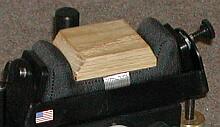 Here’s a simple solution for lumpy front sandbags. Cut a small block the width of your fore-end and place that in the front bag between matches. You can tap it down firmly with a rubber mallet. This will keep the front bag nice and square, without bunching up in the center. That will help your rifle track straight and true. Rick Beginski uses wood (see photo), while our friend John Southwick uses a small block of metal. The metal block might work a little better, but the wood version is easier to make with simple tools. John Loh of
Here’s a simple solution for lumpy front sandbags. Cut a small block the width of your fore-end and place that in the front bag between matches. You can tap it down firmly with a rubber mallet. This will keep the front bag nice and square, without bunching up in the center. That will help your rifle track straight and true. Rick Beginski uses wood (see photo), while our friend John Southwick uses a small block of metal. The metal block might work a little better, but the wood version is easier to make with simple tools. John Loh of 







 More Mirage on Day Two
More Mirage on Day Two
 The
The 




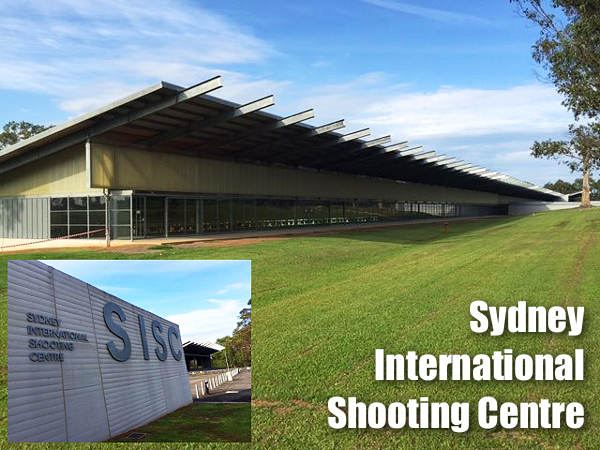






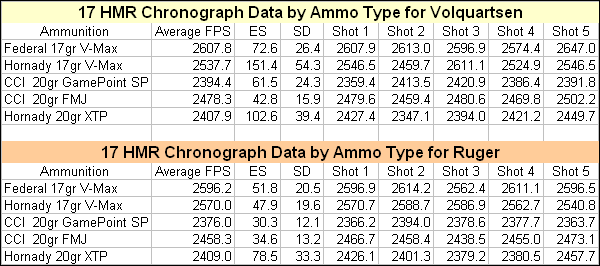








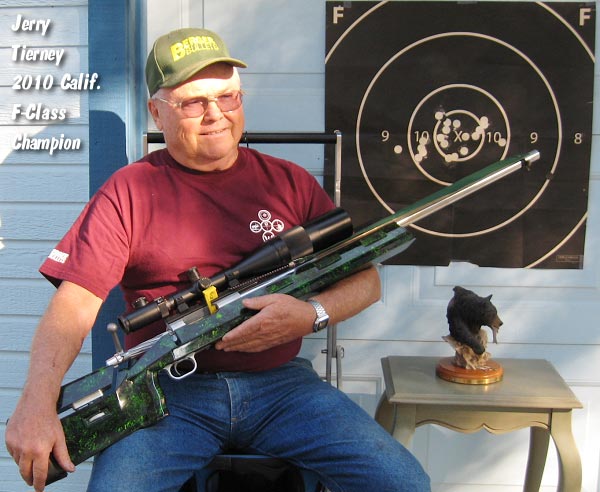
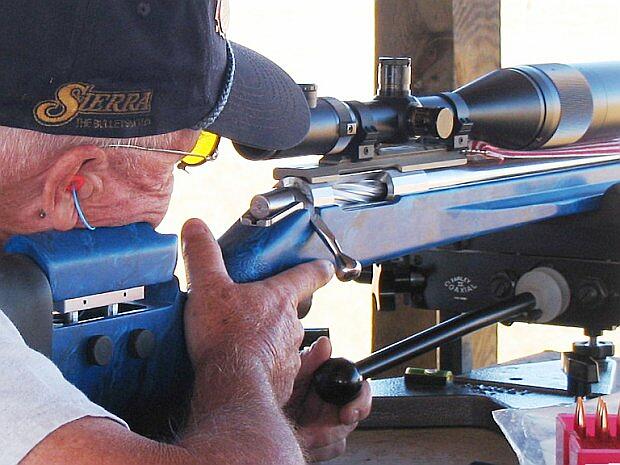

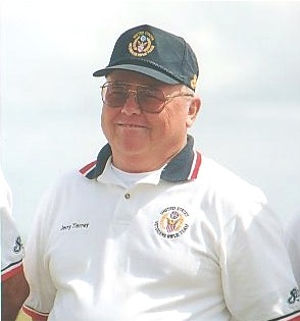 Danny Biggs Remembers Jerry Tierney
Danny Biggs Remembers Jerry Tierney

 One important technique Rodney employs is sorting by bullet-seating force. Rodney batch-sorts his loaded rounds based on seating force indicated by the dial gauge on his K&M arbor press: “I use a K&M arbor press with dial indicator strain gauge. When I’m loading I pay lots of attention to seating effort and I try to batch five rounds that feel the same. For record rounds I try to make sure I get five of the same number (on the dial). When sorting based on the force-gauge readout, you need to go slow. If you go too fast the needle will spike up and down before you can see it.”
One important technique Rodney employs is sorting by bullet-seating force. Rodney batch-sorts his loaded rounds based on seating force indicated by the dial gauge on his K&M arbor press: “I use a K&M arbor press with dial indicator strain gauge. When I’m loading I pay lots of attention to seating effort and I try to batch five rounds that feel the same. For record rounds I try to make sure I get five of the same number (on the dial). When sorting based on the force-gauge readout, you need to go slow. If you go too fast the needle will spike up and down before you can see it.”



 .009″ — The Record That Stood for 40 Years.
.009″ — The Record That Stood for 40 Years.

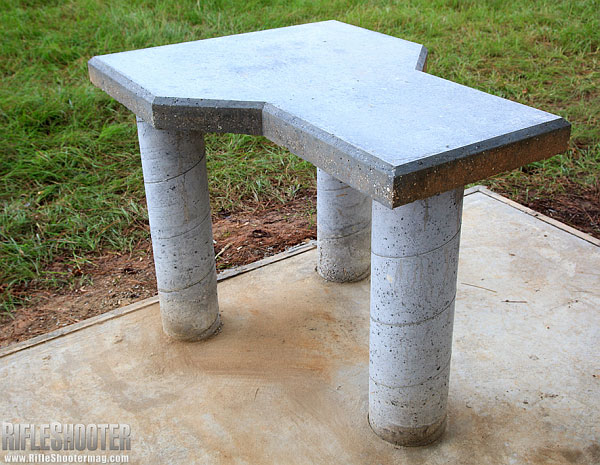



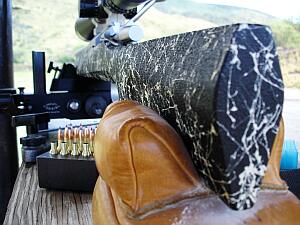 • Front Bag Tension — Vertical can happen if the front sand bag grips the fore-arm too tightly. If…the fore-arm feels like it is stuck in the bag, then the front bag’s grip is too tight. Your rifle should move in evenly and smoothly in the sand bags, not jerk or chatter when you pull the gun back by hand.
• Front Bag Tension — Vertical can happen if the front sand bag grips the fore-arm too tightly. If…the fore-arm feels like it is stuck in the bag, then the front bag’s grip is too tight. Your rifle should move in evenly and smoothly in the sand bags, not jerk or chatter when you pull the gun back by hand.
 This video, produced for the folks at
This video, produced for the folks at